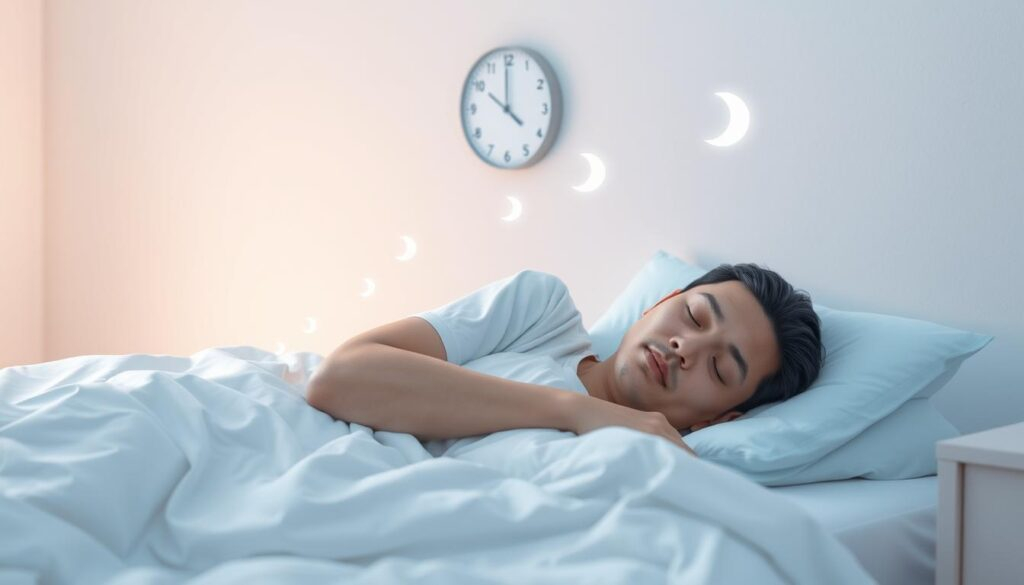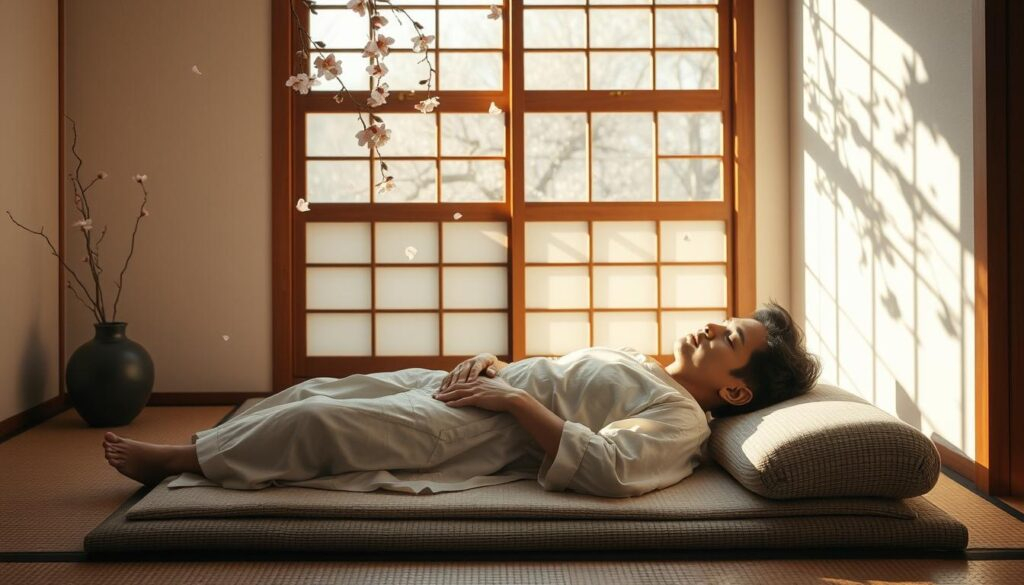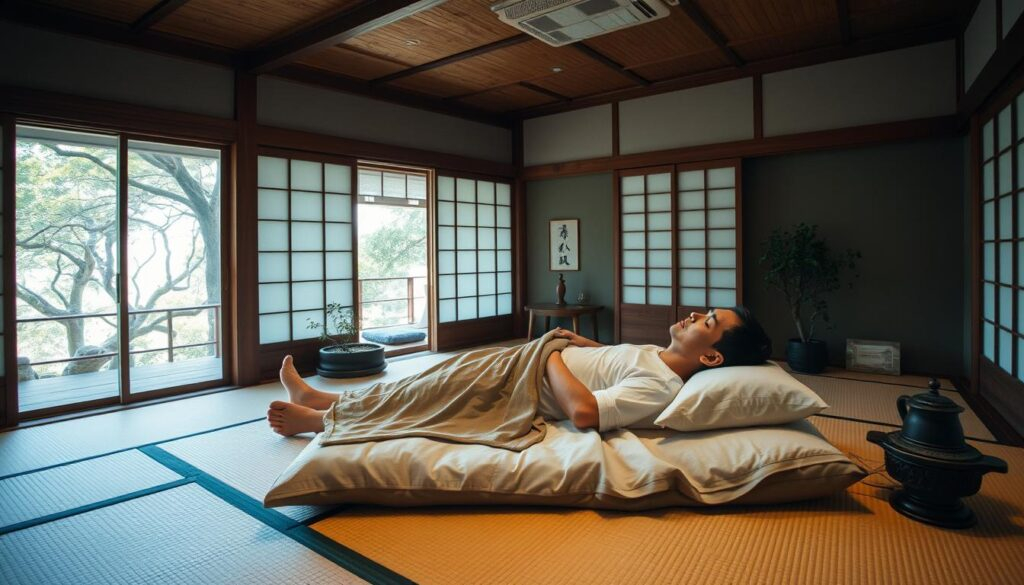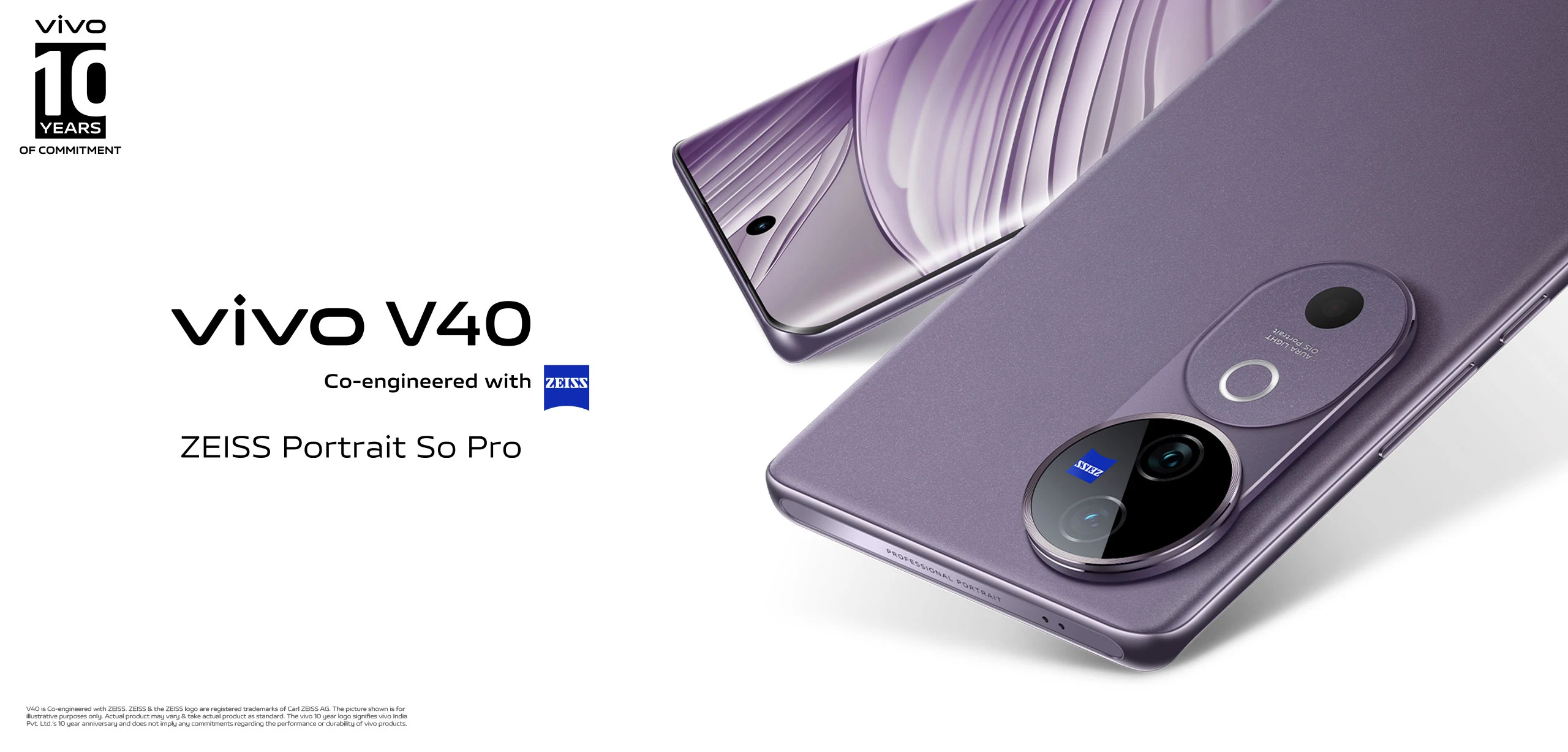In today’s fast-paced world, one Japanese man sleeps 30 minutes daily, boosting his productivity. This contrasts with the decreasing global sleep time on work nights1.
The power nap has become popular among professionals, especially those working from home during the pandemic. Researchers and leaders are now studying its benefits. They see how this simple practice can make a big difference2.
Key Takeaways:
- Japanese workers sleep on average just 6 hours 22 minutes on work nights, the least among all countries polled.
- Only 54% of Japanese respondents felt they got a good night's sleep every or almost every night.
- The Japanese health ministry recommends a 30-minute power nap in the early afternoon.
- Power naps are associated with improved cognitive function and productivity.
- The pandemic has driven the rise of the work-from-home power nap as a productivity hack.
The Rise of the Power Nap
Embracing a Pandemic Perk: The Work-from-Home Nap
The COVID-19 pandemic brought remote work into our lives, making the power nap more popular. Now, people working from home can easily fit in a short nap during the day. A study showed that remote workers are twice as likely to nap at work than those in offices3.
Power naps are great for boosting productivity and making you feel better. A study looked at over 35,000 people and found that regular nappers had bigger brains. They also suggested that napping can make your brain age slower by 3 to 6 years3.
Power naps are good for more than just your brain. Taking a nap of 5 to 15 minutes can make you think better and stay sharp for up to three hours3. Napping in the late afternoon can also make you feel better and work better. Even top athletes, like Real Madrid footballers, nap to stay at their best.
As more people work from home, the power nap is becoming a common perk. It helps workers be more productive, focused, and happy, all from the comfort of their own homes34.
Credit: MIRROR NOW
"Napping between 1pm and 4pm can benefit physical and cognitive performance, as well as mood."
Understanding Sleep Cycles and the Benefits of Power Naps
Power naps are known for boosting cognitive function, increasing productivity, and making us feel more alert. To grasp their benefits, we need to explore sleep cycles and how they relate to these short breaks.
The sleep cycle has different stages, like light sleep, deep sleep, and REM sleep. Power naps, usually 20 minutes long, let us reach the REM stage without going into deep sleep. This avoids the grogginess that can come after waking up.5
Research shows power naps have many advantages. They help with performance, reduce stress, improve memory, and boost cognitive function. In Japan, short naps are common in workplaces and schools, known as Inemuri.5 But, naps over 30 minutes can make waking up hard.5
Coffee naps, mixing caffeine with a 15-20 minute nap, are great for alertness and brain function.6 Caffeine removes adenosine, a sleep-inducing chemical, making the nap more effective.6
Power naps also offer long-term benefits like lowering heart disease risk, improving mood, and making skin look smoother. A 60-minute nap can be as good as a full night’s sleep for memory, and daytime naps boost the immune system and cell function.7
By understanding sleep cycles and how to use power naps, we can gain cognitive and physical benefits. This leads to more productivity, better well-being, and a better balance between work and life.

“A ‘caffeine nap,’ combining a cup of coffee followed by a 20-minute nap, enhances energy levels by increasing caffeine receptivity in the brain.”7
Japanese Man Sleeps 30 Minutes: A Cultural Phenomenon
In Japan, “inemuri” or “sleeping while present” is a big part of work culture. Taking short power naps during work is seen as showing hard work and dedication, not laziness8.
The Japanese work hard and sleep less at night compared to other countries. So, power naps are common8. A Japanese man sleeps 30 minutes nap during lunch shows how accepted this is in the workplace.
Power napping is seen as a way to recharge and get more done in Japan8. Unlike in other places, where sleeping at work is not allowed, Japan values power naps. They see it as a key to staying focused and energetic at work.
| Characteristic | Japan | Other Countries |
| Perception of Power Napping | Seen as a sign of dedication and commitment | Often frowned upon as a sign of laziness |
| Sleep Habits on Work Nights | Less sleep compared to other countries | More sleep compared to Japan |
| Prevalence of Power Naps | Common practice in the workplace | Less common in the workplace |
Japan accepts power napping because of its strong work ethic. They believe short breaks help keep focus and productivity8. This way of sleeping and working sets Japan apart from other countries.

“inemuri” might seem strange to others, but it shows Japan’s unique view on work and sleep8. The practice of a Japanese man sleeps 30 minutes during lunch illustrates how deeply ingrained this practice is in Japan’s work culture.
The Science Behind Power Naps
Power naps are based on the science of short sleep. A nap of 15-45 minutes can lower your body temperature. It lets your brain rest and relaxes your muscles. This leads to better memory, less tiredness, and more alertness9.
Why Do We Feel Recharged After a Power Nap?
Power naps use the body’s natural sleep cycles. The best nap time is 10-20 minutes, but up to 30 minutes works too, depending on how tired you are10. This short nap lets your brain enter a light sleep stage. It recharges your thinking and boosts your physical performance10.
Regular nappers get more benefits because they adjust their sleep-wake cycle10. The best time for a power nap is around 12:20 p.m. or 2 p.m. to fight sleepiness10.
Adding caffeine to a power nap can make you feel more alert10. Studies show that a 15-minute nap with caffeine helps with memory tests and driving simulations better than just napping or drinking caffeine alone11.

Power naps have many benefits but shouldn’t replace good sleep at night. If you’re not getting enough sleep, you might need longer naps or change your lifestyle to sleep better10.
| Benefit | Impact |
| Increased Alertness | Improved cognitive function and faster reaction time |
| Emotional Regulation | Enhanced mood and stress management |
| Physical Performance | Increased energy and muscle relaxation |
To get the most from a power nap, find a quiet, comfy spot. Avoid using devices and don’t nap too long10. By knowing how power naps work, you can use them to refresh yourself every day.
Implementing Power Naps in the Workplace
More companies are now adding power naps to their work policies. They see how these short naps help employees work better and feel better12. This change is making the workplace a healthier place12.
In Japan, taking a nap at work is seen as a sign of hard work. Many companies suggest short naps after lunch to help employees stay focused12. Some companies, like Nestle, even have special nap rooms for employees to take a 30-minute nap for a small fee13.
Power naps aren’t just for Japan. They’re also popular in places like Silicon Valley in the U.S. There, tech companies have special sleeping pods for employees to rest and recharge12.
Power naps can help fight “presenteeism,” where people are at work but not really working well because they’re tired or didn’t sleep well12. By offering nap spaces and supporting nap time, companies can make their employees work better and feel better13.
| Country | Power Nap Practices |
| Japan |
|
| United States |
|
| Other Countries |
|
By adding power naps, companies can make a work culture that cares for employees’ well-being and productivity. This leads to a happier and more efficient team12,13,14.
“Napping at work is a sign of hard work, not laziness. It’s about being productive, not about sleeping all day.”
The Power Nap Industry
The demand for napping is rising, especially in Japan. This has led to the growth of the “power nap industry”. It includes companies and places that offer napping services. These range from nap cafes to corporate nap rooms15.
In Japan, people sleep the least in the world, averaging 442 minutes daily. The power nap industry is booming here16. Companies like NeuroSpace help over 70 businesses since 2014 to improve sleep and boost productivity. Most of these companies started using their services in 201916.
Research shows that power naps help people stay alert, perform better, and feel good15. For example, a study found that napping during a night shift improved performance15.
Other countries like South Korea are also embracing power naps. They sleep about 471 minutes daily on average16. This shows a growing need for work-life balance and the value of power naps for well-being and productivity.
The industry is getting creative, even offering yoga nidra practice17. Yoga nidra can make people feel refreshed and relaxed in just 30 minutes17.
| Country | Average Sleep Duration (minutes per day) |
| Japan | 442 |
| South Korea | 471 |
| Britain, France, Spain, the US, and China | over 500 |
The power nap industry is growing. It shows how important sleep is for well-being, productivity, and balance between work and life15. With new solutions and a focus on healthy sleep, it’s set to change the modern workplace15.
Conclusion
Daisuke Hori, a Japanese entrepreneur, has been sleeping just 30 minutes a day for over 10 years. This has made him a key figure in the growing trend of power napping18. He started the Japan Short Sleepers Training Association and taught over 2,100 students how to sleep very little. This has changed how we see and value sleep18,19.
With the rise of working from home, power naps have become more popular18,19. Studies show these short breaks boost productivity and improve work-life balance and well-being18,20.
The power nap industry is expected to grow as sleep habits and culture change18,19,20.More people are starting to see the value in power napping. It could soon be a key part of modern work life, making workers healthier and more productive. Daisuke Hori and the power nap movement show how changing sleep habits can change our lives at work and at home.
FAQ
A Japanese man has mastered the power nap, sleeping just 30 minutes a day. This has helped him thrive. The rise of the power nap is big, especially with more people working from home during the pandemic.
Working from home has made power napping more popular. Many take 20-30 minute breaks in the day. Data shows remote workers are twice as likely to nap at work than those in offices.
Power naps help you reach the restorative REM sleep stage. This improves memory, focus, and energy. They also help fix sleep deprivation.
In Japan, power napping shows you’re dedicated to work, not lazy. The Japanese work long hours but sleep less on work nights. This makes power naps common.
A 15-45 minute nap lowers body temperature and relaxes the brain and muscles. This improves memory, reduces tiredness, and boosts alertness. It’s key to nap within the right time to avoid feeling bad when you wake up.
Companies are adding nap policies or spaces for power napping. This includes nap rooms or flexible lunch breaks. Power naps help with productivity issues like fatigue or poor sleep.
The “power nap industry” is growing fast, thanks to more people wanting to nap. In Japan, companies offer nap services like nap cafes and corporate nap rooms. This meets the demand for napping spots.





